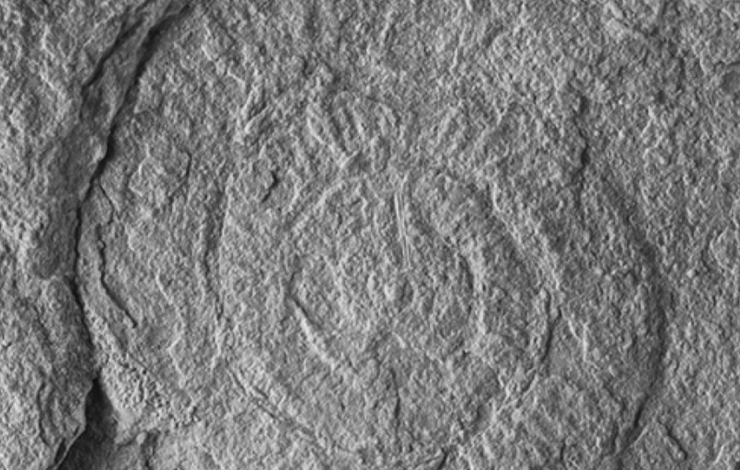24-01-2023

Another paleontological species has been dedicated to Rogério Rocha, paleontologist and Professor of the Department of Earth Sciences at NOVA School of Science and Technology and former President of the Board of the Geological Society of Portugal.
This time the recognised palaeontologist, who died in October 2018, named Plesechioceras rochai sp. nov. which belongs to the fossil group of which the honoured was a specialist: the ammonites. Moreover, this new species is from an age to which he also devoted significant scientific work, the Sinemurian, floor of the Lower Jurassic. Plesechioceras rochai sp. nov. was discovered in the Asturias Basin and the Lusitanian Basin, where the professor and researcher was also a great specialist.
The new species was published in the prestigious journal Historical Biology, on January 7, in the article with the title "Ammonoids of the Oxynotum Zone and Raricostatum Zone (Densinodulum Subzone) of Sinemurian, Lower Jurassic, in the Asturian and Lusitanian basins" and by Íñigo Vitón (UCMadrid), Maria José Comas-Rengifo (UCMadrid), Luís Victor Duarte (UCoimbra) and António Goy (UCMadrid), most of them , with some frequency, being co-authors of publications with Rogério Rocha.
The image, reproduced from the original article, refers to the holotype of the new species, which is deposited at the Earth Sciences Department of the University of Coimbra.
Rogério Eduardo Bordalo da Rocha (1941-2018) was a recognized paleontologist and specialist in Triassic and Jurassic stratigraphy and paleontology. He was the first doctorate at the NOVA School of Science and Technology and his doctoral thesis "Stratigraphic and paleontological study of the Jurassic of the Western Algarve" proved to be essential for the understanding of the Algarve's Jurassic. He signed and co-signed more than 225 scientific articles, published in national and international journals and was also one of the leading promoters (and even president) of the Geological Society of Portugal. The first species named after the scientist was identified in 2022.